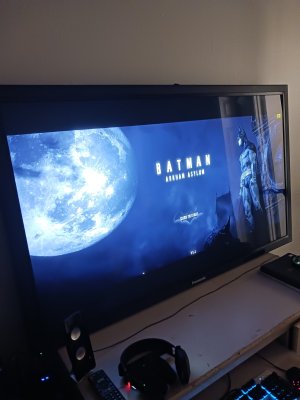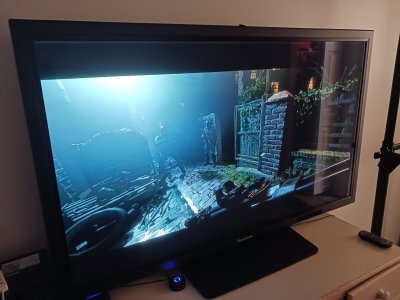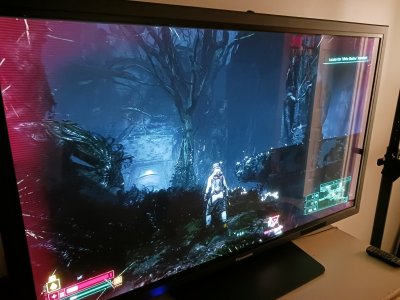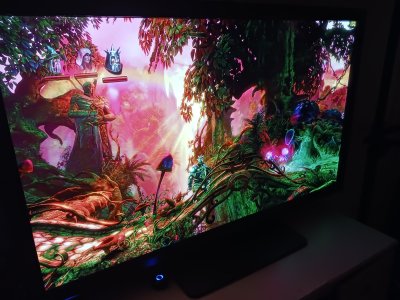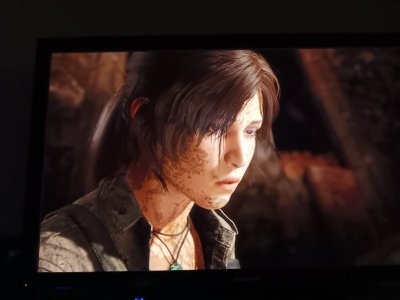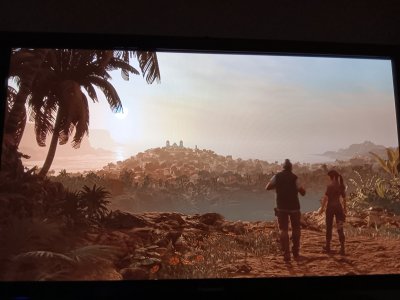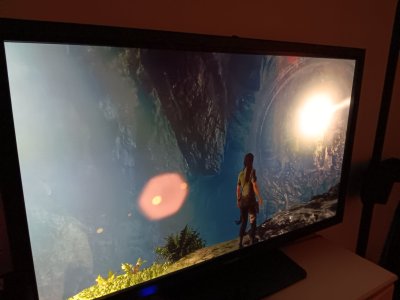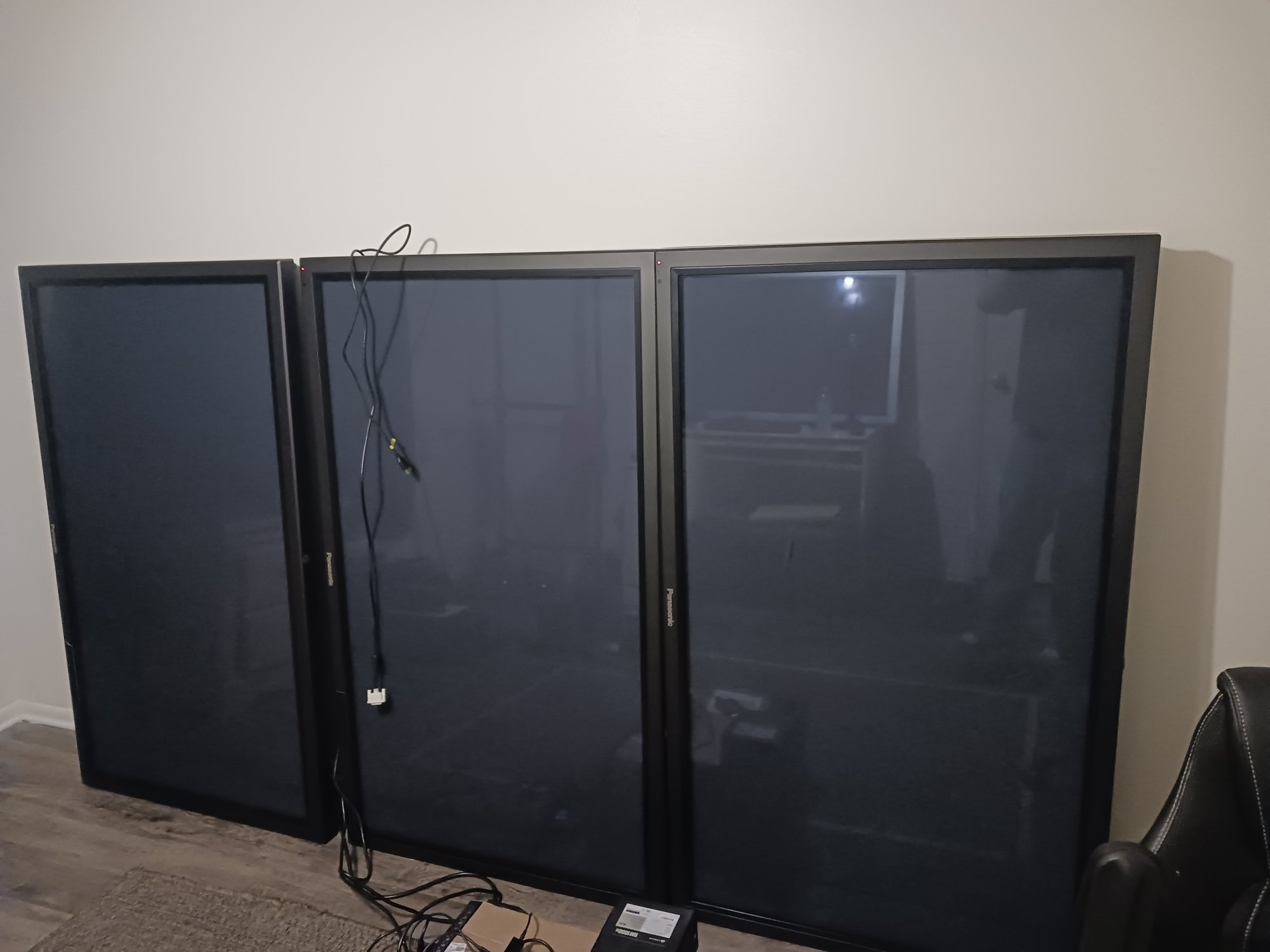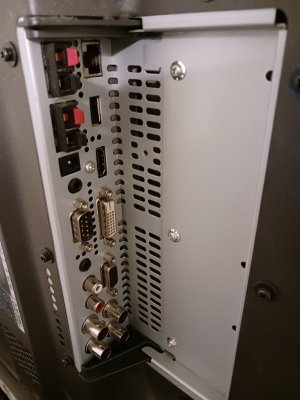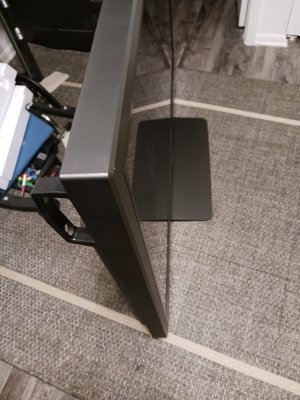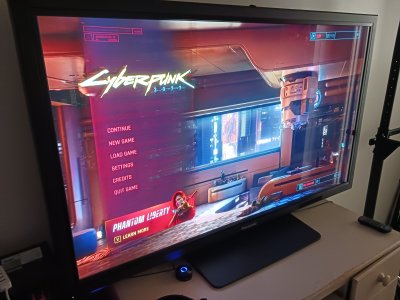I've been very close to ordering a 42BT300 for some time now, i've looked at the larger versions with the same panel and they look amazing.
I was a bit put off by the review with 30ms input lag, but i found this in the manual:
"EXTERNAL SCALER MODE
OFF
ON
This menu can be used to specify whether the built-in scaler or an external scaler is used for scaler functions such as
resizing and picture quality adjustment. "
I assume this probably disables all processing and might put it near 0 input lag? Any clue if this will work when connected to a computer? (i assume so?)
I was a bit put off by the review with 30ms input lag, but i found this in the manual:
"EXTERNAL SCALER MODE
OFF
ON
This menu can be used to specify whether the built-in scaler or an external scaler is used for scaler functions such as
resizing and picture quality adjustment. "
I assume this probably disables all processing and might put it near 0 input lag? Any clue if this will work when connected to a computer? (i assume so?)
![[H]ard|Forum](/styles/hardforum/xenforo/logo_dark.png)
